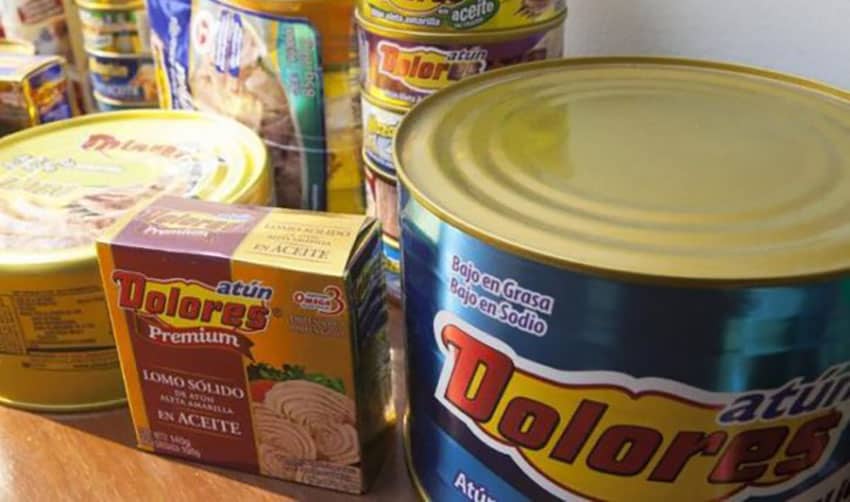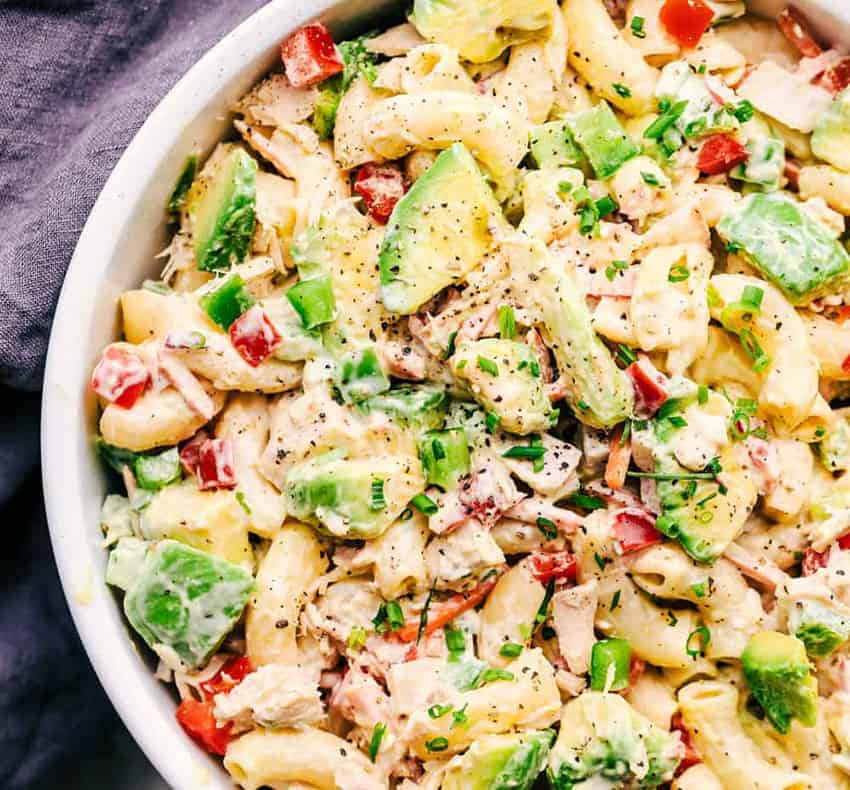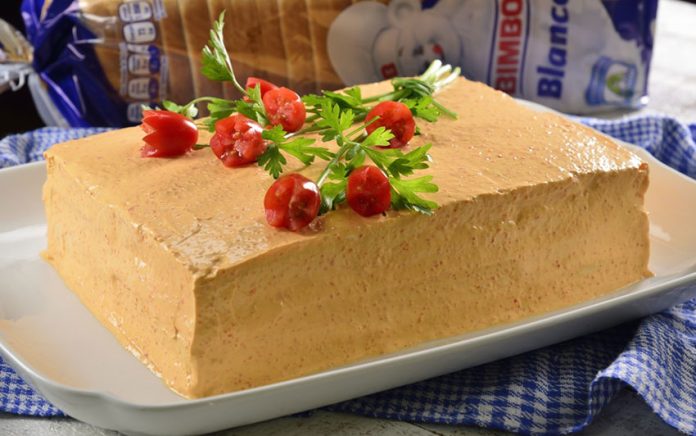Today we’re going to talk about tuna fish. Canned tuna, that is. Yes, yes, fresh tuna is affordable and available (especially now, in season) but many of us (ahem) still have a special place in our hearts for a good ol’ tuna salad sandwich.
It didn’t take me long to realize something was very off with the canned tuna here, which didn’t make any sense as Mazatlán is a big tuna fishing port. Most of the brands were mushy, weirdly flavored goop in a can – not what I was wanting or expecting.
They’re almost impossible to drain, and the flavor is decidedly bland and non-tuna tasting. The final test was that even my cats won’t eat the cheap brands!
A quick read of the ingredient list on the label (not that quick, as the font is so very small) revealed what the problem was: “proteina vegetal de soya.” Apparently a certain percentage of vegetable protein is allowed without having to be noted in the product name. (i.e., “cheese food” as opposed to “cheese.”
In my former life as a food writer in California, I would have called some government office or tuna cannery and found out the regulations allowing this unwelcome addition to what should be a basic product.

As the language barrier and my limited patience prevent me from doing that here, what I can say is that you get what you pay for. Profeco – the federal consumer protection agency – noted earlier this year that most brands of canned tuna contain soy without any indication on the label that it’s included or what the ratio is. Some brands contained up to 62% soy protein; no wonder my cats wouldn’t eat them.
So I only buy Dolores brand premium lomo sólido de atún, which (supposedly) has no soy or vegetable protein of any kind. It also has double the protein of the cheaper brands.
Yes, it costs more – a regular-size 140-gram can is about 30 pesos as opposed to the 9 to 18-peso cost for the others – but you’re getting actual tuna fish. The premium brand is in a box with a little “window,” making it easy to find on the shelf.
Now that that’s out of the way, let’s talk about tuna salad, Mexican-style! Mazatlecos tend to put canned carrots and peas (yuck) and a ton of mayo in theirs, but what I like to do is add a little kick to my tuna salad by adding some chopped rajas, or marinated jalapeños. You can buy these in tiny cans or by the ounce from big jars in the deli section of grocery stores or abarrotes stands in the mercado.
While I won’t say that Pastel de Atún – literally “tuna cake” – is a traditional Mexican recipe, it’s certainly very popular in Mazatlán. Crema is like sour cream but cultured to not be quite as sour, easily found in any Mexican grocery store.
Marysol’s Pastel de Atún
With a consistency similar to a souffle, this traditional Mazatlecan dish is a simple, inexpensive crowd-pleaser you’ll find served at parties, big gatherings and weekend afternoons at home with family. Don’t be tempted to substitute a heartier, whole grain bread — the soft white bread is essential for giving this dish a cake-like texture, hence the name “Tuna Cake.”
- 2 cans good quality, oil-packed tuna, drained
- 1 cup crema
- 1 small can (105 g) sweet red pepper strips (chili morrón)
- 1-3 pieces rajas (marinated jalapeños), or to taste
- 1 heaping Tbsp. mayonnaise
- Salt & pepper, to taste (just a little!)
- Optional: 2 Tbsp. cream cheese, fresh cilantro for garnish
- Two loaves soft white bread, crusts cut off
Blend everything except the bread in the blender till smooth. On a cookie sheet or lasagna pan, make a layer of bread slices. Spread with tuna mixture. Cover with another layer of bread and continue layering until all filling is gone, ending with a layer of filling. (Like frosting!)
Garnish with red pepper strips, rajas, cilantro, etc. Refrigerate 1-2 hours; cover with plastic wrap if chilled longer. Traditionally served in wedges with frijoles puercos on the side and eaten with a fork.
Can also be cut into 1-2 inch squares and served as an appetizer. Best eaten within two days. (Note that adding cream cheese will make the texture firmer and more spreadable.)

Tuna Pasta Salad
Delicious on a hot day, and a great way to dress up pasta salad or use up a leftover tuna steak.
- 2 Tbsp. red wine vinegar
- 2 Tbsp. Dijon mayonnaise
- 2 Tbsp. olive oil
- 1 Tbsp. fresh chopped cilantro
- 1 clove garlic, minced
- 1 Tbsp. capers, minced
- ½ tsp. sugar
- 8 oz. pasta, cooked, drained and cooled
- 8 oz. grilled tuna steak, cubed or 1 can high quality tuna
- 1 tomato, diced
- ½ avocado, diced
- ½ bell pepper, diced
Whisk together vinegar, mustard, mayo, cilantro, garlic, capers and sugar. Slowly drizzle in olive oil while whisking until mixed well. Let rest 30 minutes in refrigerator. Combine remaining ingredients in a bowl and toss with dressing. Makes 2 servings.
Janet Blaser of Mazatlán, Sinaloa, has been a writer, editor and storyteller her entire life, and feels fortunate to write about great food, amazing places, fascinating people and unique events. Her work has appeared in numerous travel and expat publications as well as newspapers and magazines. Her first book, Why We Left: An Anthology of American Women Expats, is available on Amazon. Contact Janet or read her blog at whyweleftamerica.com.
